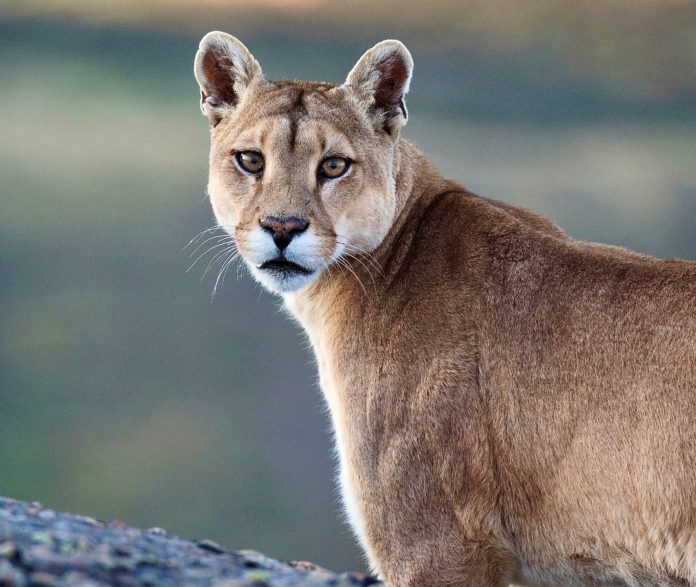You can help all animals and our planet by choosing compassion on your plate and in your glass. #GoVeg
RELATED ARTICLES
Pressure Mounts For Arizona To Ban Dog Pack Hunting Of Mountain Lions, Bears & Other Critical Species
Conservation groups have submitted a petition to the Arizona Game and Fish Commission urging a ban on the use of dog packs for hunting...
Help Save Millions Of Lives This Holiday By Choosing Compassion On Your Plate; Adopt A Turkey Today!
As Thanksgiving approaches, we hope you enjoy a warm and safe holiday. We encourage you to make a compassionate choice by leaving animals off...
Giraffes Are One Step Closer To Receiving Vital Endangered Species Act Protections
In response to a petition and subsequent lawsuit by conservation and animal protection organizations, the U.S. Fish and Wildlife Service (USFWS) has proposed listing...
Popular stories
Breaking News
Victory! H&M Commits To Ending The Use Of Virgin Down Feathers By 2025
In a significant victory for animal welfare, H&M, the second-largest clothing retailer in the world, has committed to ending the use of virgin down...
News
Heartbreaking News As Ryder The Abused Carriage Horse Dies Two Months After Collapsing & Being Whipped By Owner Ian McKeever In NYC
Photo by: NYCLASS
It is with a heavy heart that WAN shares the news that Ryder, the elderly horse who collapsed in August and was...
News
A Landmark Victory For Sea Turtles As Enhanced Protection Of Their Habitat Is Designated In The Atlantic Ocean
Beaches along the Atlantic coast from North Carolina to Florida support the largest aggregation of nesting loggerhead sea turtles in the world. Within this...



